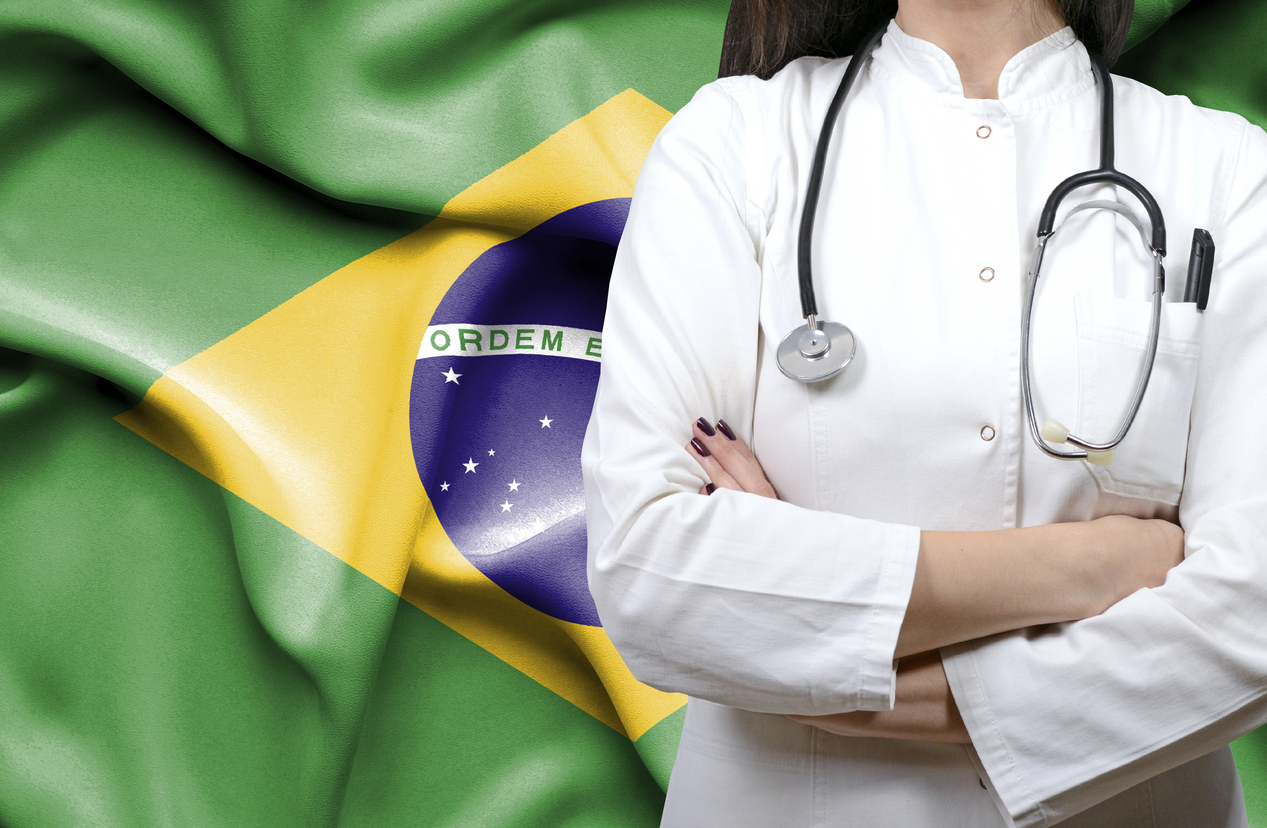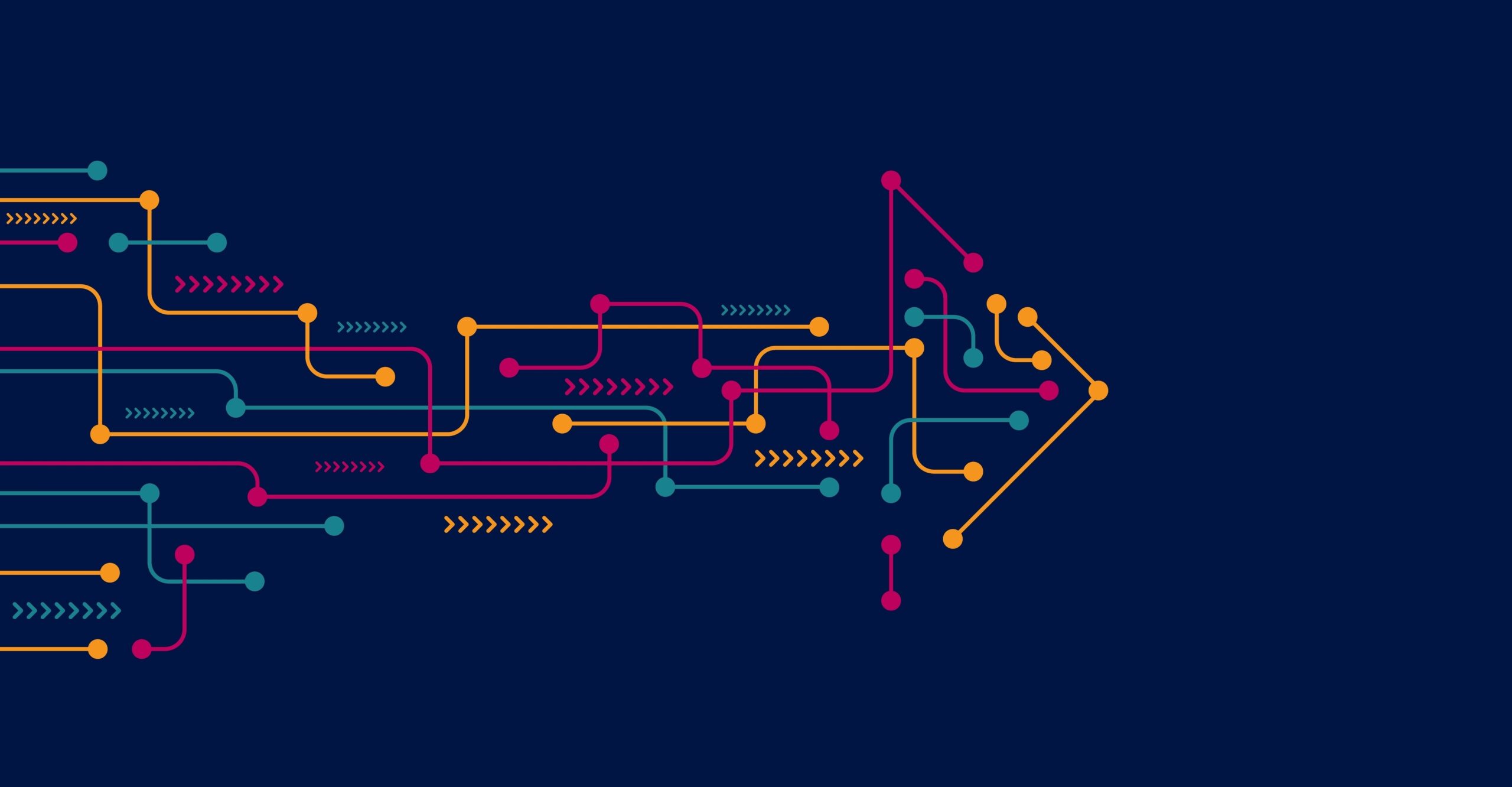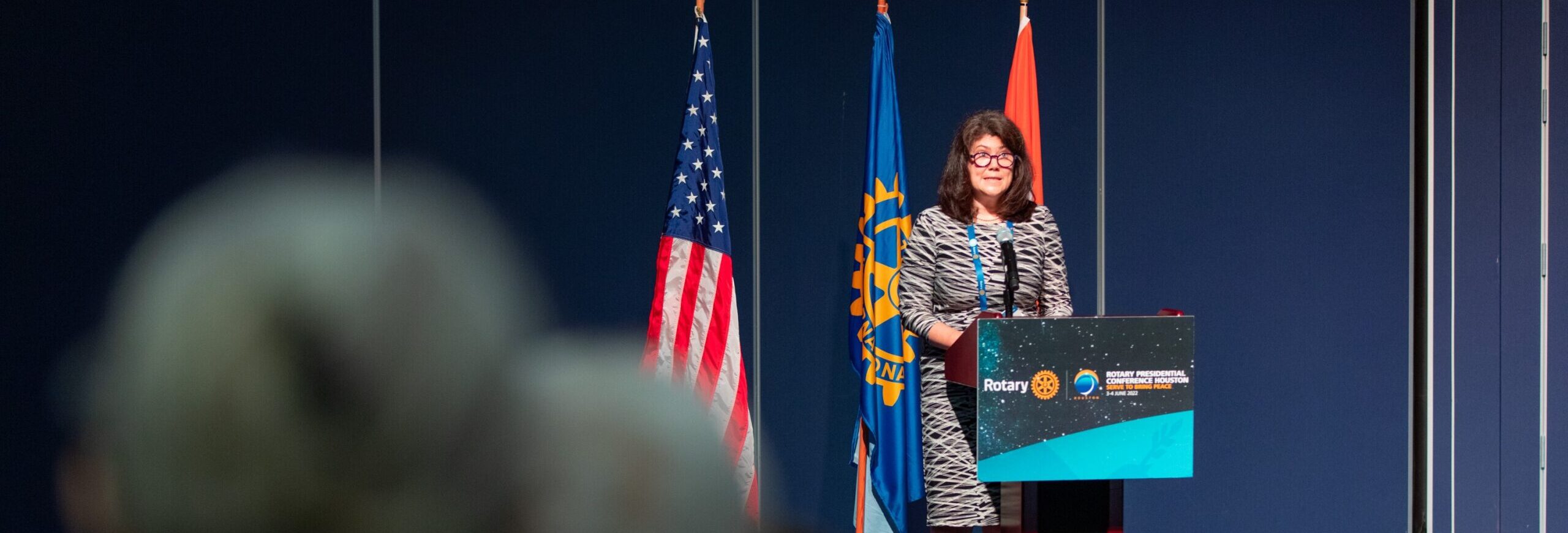Tag: Social Norms

Brazilian Doctors Strike for Healthcare Reform and Democracy
Time Period: 1977-1981Location: BrazilMain Actors: Brazilian Doctor’s UnionTactics - Professional Strike - Slowdown Strike - Marches - Establishing new social patterns In 1964, a military coup overthrew Brazil’s democratically elected...

A Missouri Chamber of Commerce Speaks up For Their Community
Time Period: 2020Location: United States, MissouriMain Actors: Joplin Area Chamber of CommerceTactics - Establishing new social patterns In 2020, after the murder of George Floyd and subsequent Black Lives Matter...

SENSEMAKING WITH HORIZONS: The Alabama Brawl, August 2023
https://youtube.com/watch?v=Sf6npTNF8gs Jarvis Williams, the Director of Applied Research and Julia Roig, the Chief Network Weaver at Horizons come together in this short video interview to reflect on the “Alabama Brawl” that occurred...

Bridge-Building and Power-Building: An Ecosystem Approach to Social Change

Rethinking “Polarization” as the Problem
On June 6, 2022 Horizons’ Chief Network Weaver Julia Roig, shared the main stage at Rotary’s 2022 Presidential Conference in Houston with Gary Slutkin, the founder of Cure Violence and Azim Khamisa, the founder...
